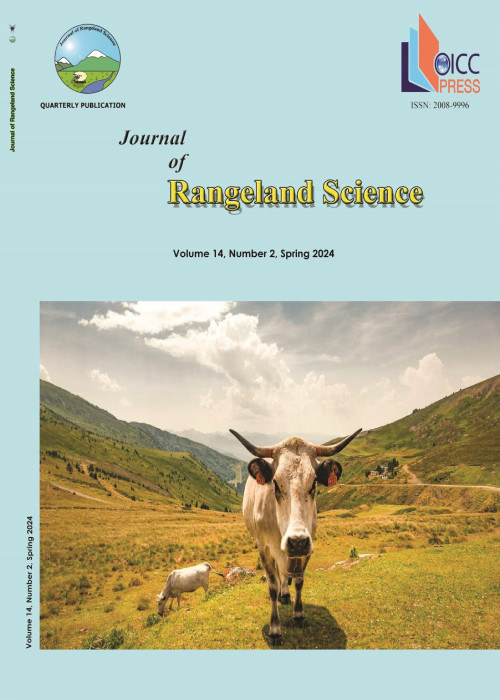Evaluation of Morphological Traits in the Populations of Coronilla varia L.
Coronilla varia L., crown vetch, has wide adaptation, and desirable morphological characteristics for a grazing plant, tolerates short periods of overgrazing, and accordingly has potential as a forage crop. In this study, 15 traits were investigated to assess the morphological diversity of 52 populations using univariate and multivariate analyses. Crown vetch seeds provided by the Natural Resources Gene Bank of Iran were sown in an experiment field of Research Institute of Forests and Rangelands, Alborz province, over two years (2019–2020). Based on the flowering date, two taxa C. varia var. varia (as perennial that go to flowering in the first year) and C. varia (as perennial that go to flowering in the second year) were identified. However, a close relationship was found between local and exotic crown vetch populations. The populations were significantly variable in all traits. The high variability was found among populations for plant height, plant canopy, internode length, stem number, and biomass yield. Biomass yield was statistically significant (p < 0.05) and positively correlated withlant height (r=0.63) and plant canopy diameter (r=0.48), internode length (r = 0.57), stem number (r=0.66), and pod length (r=0.52). The principal component analysis showed that the variations observed in the populations were mainly caused by traits such as plant height, stem number, the number of days to 50% flowering and seed ripening indicating that their contribution was important in discriminating the populations. Direct selection can also be made for the populations with high biomass yield based on the recorded performance of these populations during the field experiments. In C. varia, 12 populations classified in cluster 1 with the highest values for 12 out of 15 traits could be useful for including in future breeding programs. Besides, in C. varia var. varia, population Bojnurd (for plant height and canopy diameter), population Rezvanshahr (for internode length and stem number), and populations Karaj1 and 2 (for biomass yield) had higher mean values and were recommended for breeding programs.
- حق عضویت دریافتی صرف حمایت از نشریات عضو و نگهداری، تکمیل و توسعه مگیران میشود.
- پرداخت حق اشتراک و دانلود مقالات اجازه بازنشر آن در سایر رسانههای چاپی و دیجیتال را به کاربر نمیدهد.


